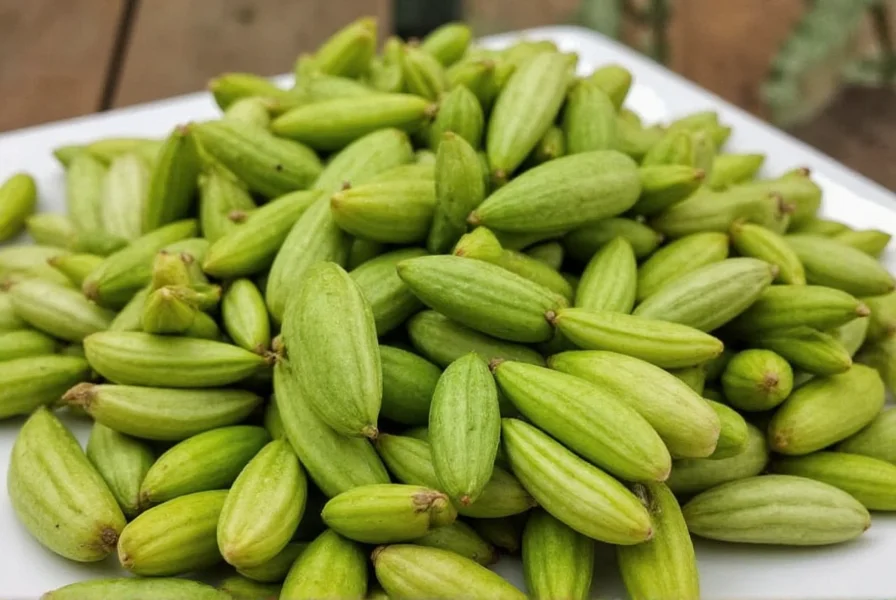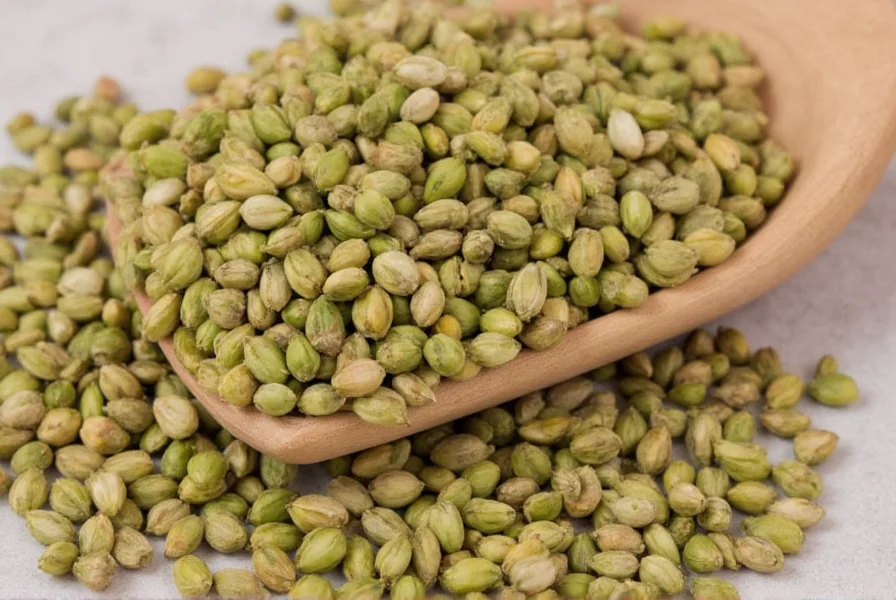Cardamom's status as a spice is firmly established in culinary science and historical usage. This aromatic seed pod belongs to the same botanical family as ginger and turmeric, sharing their characteristic pungent yet complex flavor profiles. Unlike herbs, which typically come from the leafy parts of plants, spices are derived from seeds, roots, bark, or fruits of tropical plants - placing cardamom squarely in the spice category.
Botanical Background of Cardamom
Cardamom comes from the Elettaria and Amomum genera. The most common variety, green cardamom (Elettaria cardamomum), grows in shady forest areas of southern India, Sri Lanka, and Guatemala. Black cardamom (Amomum subulatum) originates from the eastern Himalayas. Both varieties produce seed pods containing small, aromatic seeds that deliver cardamom's distinctive flavor.
Historical Significance of This Valuable Spice
Historical records show cardamom was used in ancient Egypt for cleaning teeth and in traditional Indian Ayurvedic medicine. Arab traders controlled the cardamom trade for centuries, creating elaborate stories about its origins to protect their monopoly. Vikings discovered cardamom through Mediterranean trade routes and brought it to Scandinavia, where it remains popular in baked goods today.
| Cardamom Variety | Origin | Flavor Profile | Common Uses |
|---|---|---|---|
| Green Cardamom | India, Sri Lanka, Guatemala | Sweet, floral, citrusy | Baked goods, chai tea, Scandinavian pastries |
| Black Cardamom | Himalayas | Smoky, camphorous, earthy | Indian curries, rice dishes, meat preparations |
| Madagascar Cardamom | Madagascar | Milder, eucalyptus notes | Specialty blends, experimental cuisine |
Cardamom in Modern Cuisine
Chefs worldwide value cardamom for its versatility. In Middle Eastern cuisine, it's essential in coffee and rice dishes. Scandinavian bakers incorporate it into sweet breads and pastries. Indian kitchens use it in both sweet and savory preparations, from biryanis to desserts. Professional chefs often toast whole pods before grinding to maximize flavor release.
When substituting cardamom in recipes, consider that no single spice perfectly replicates its complex profile. A combination of cinnamon, nutmeg, and a touch of cloves can approximate green cardamom's flavor, while black cardamom's smokiness might be mimicked with a pinch of smoked paprika plus regular cardamom.
Storage and Usage Tips for Maximum Flavor
For optimal freshness, store cardamom in airtight containers away from light and heat. Whole pods retain flavor significantly longer than pre-ground spice - up to one year versus three months. To access the maximum flavor, lightly crush pods before use. The small black seeds inside contain the most potent oils, though the pod itself contributes subtle aromatic notes.
Professional chefs recommend grinding cardamom just before use. A mortar and pestle works better than electric grinders, which can generate heat that dissipates volatile oils. For baking applications, many experts suggest removing seeds from pods before grinding to prevent bitter notes from the fibrous pod material.

Health Considerations of Cardamom Spice
Traditional medicine systems have long valued cardamom for digestive support. Modern research suggests potential benefits, though more studies are needed to confirm therapeutic effects. Cardamom contains antioxidants and may support oral health due to its antimicrobial properties. As with any dietary component, moderation is key - excessive consumption could potentially interact with certain medications.
Nutritionally, cardamom provides small amounts of minerals like potassium, magnesium, and calcium. Its primary value comes from phytochemicals rather than macronutrients. When evaluating is cardamom spice healthy, consider it a flavorful addition to a balanced diet rather than a health supplement.

Economic Value of This Premium Spice
Cardamom ranks as the third most expensive spice globally after saffron and vanilla. Its high cost stems from labor-intensive harvesting - pods must be picked by hand when just mature. Guatemala now produces more cardamom than India, though Indian varieties often command premium prices for their distinctive flavor. Understanding is cardamom spice expensive requires recognizing the agricultural challenges in its cultivation.
Common Misconceptions About Cardamom
Many confuse cardamom with similarly named ingredients. Cardamom is not the same as cardamon (a misspelling) or cardamum (an outdated botanical term). It's also frequently mistaken for coriander, though their flavor profiles differ significantly. When determining is cardamom a herb or spice, remember that all cardamom varieties are definitively spices due to their seed-based origin.
Frequently Asked Questions
Is cardamom considered a spice in culinary classification?
Yes, cardamom is definitively classified as a spice. It meets all botanical and culinary criteria for spice classification as it comes from the seeds of a tropical plant (Elettaria cardamomum), rather than the leafy parts of a plant which would make it an herb. Spices typically originate from tropical regions and are derived from seeds, roots, bark, or fruits - all characteristics that apply to cardamom.
What makes cardamom different from other spices?
Cardamom stands out due to its complex flavor profile that combines citrus, floral, and slightly medicinal notes. Unlike many single-note spices, cardamom offers layered aromatics that evolve when cooked. Green cardamom provides sweet, lemony notes while black cardamom delivers smoky, camphorous qualities. This versatility across both sweet and savory applications distinguishes it from more specialized spices.
Can cardamom be used as a substitute for other spices?
While no single spice perfectly replicates cardamom's unique profile, certain combinations can work in a pinch. For green cardamom, try mixing equal parts cinnamon, nutmeg, and a pinch of cloves. For black cardamom's smoky quality, combine regular cardamom with a tiny amount of smoked paprika. However, these are approximations - when a recipe specifically calls for cardamom, especially in traditional dishes like Indian biryani or Scandinavian pastries, the authentic flavor comes through best with real cardamom.
Why is cardamom more expensive than many other spices?
Cardamom's high cost stems from several factors: it requires specific tropical growing conditions, must be harvested by hand at precise maturity, and has relatively low yield per plant. The labor-intensive processing - separating seeds from pods without damaging them - also contributes to the price. As the third most expensive spice globally (after saffron and vanilla), its value reflects both agricultural challenges and high global demand across multiple culinary traditions.
Does the quality of cardamom vary significantly between brands?
Yes, quality varies considerably based on origin, harvest timing, and storage conditions. Premium cardamom should have plump, intact pods with a strong aroma when crushed. The seeds inside should be black and moist, not dry or shriveled. Indian Malabar and Mysore varieties often command higher prices for their superior flavor, while Guatemalan cardamom tends to be more abundant and slightly less intense. Always check for freshness indicators like aroma strength and seed color when evaluating quality.











 浙公网安备
33010002000092号
浙公网安备
33010002000092号 浙B2-20120091-4
浙B2-20120091-4